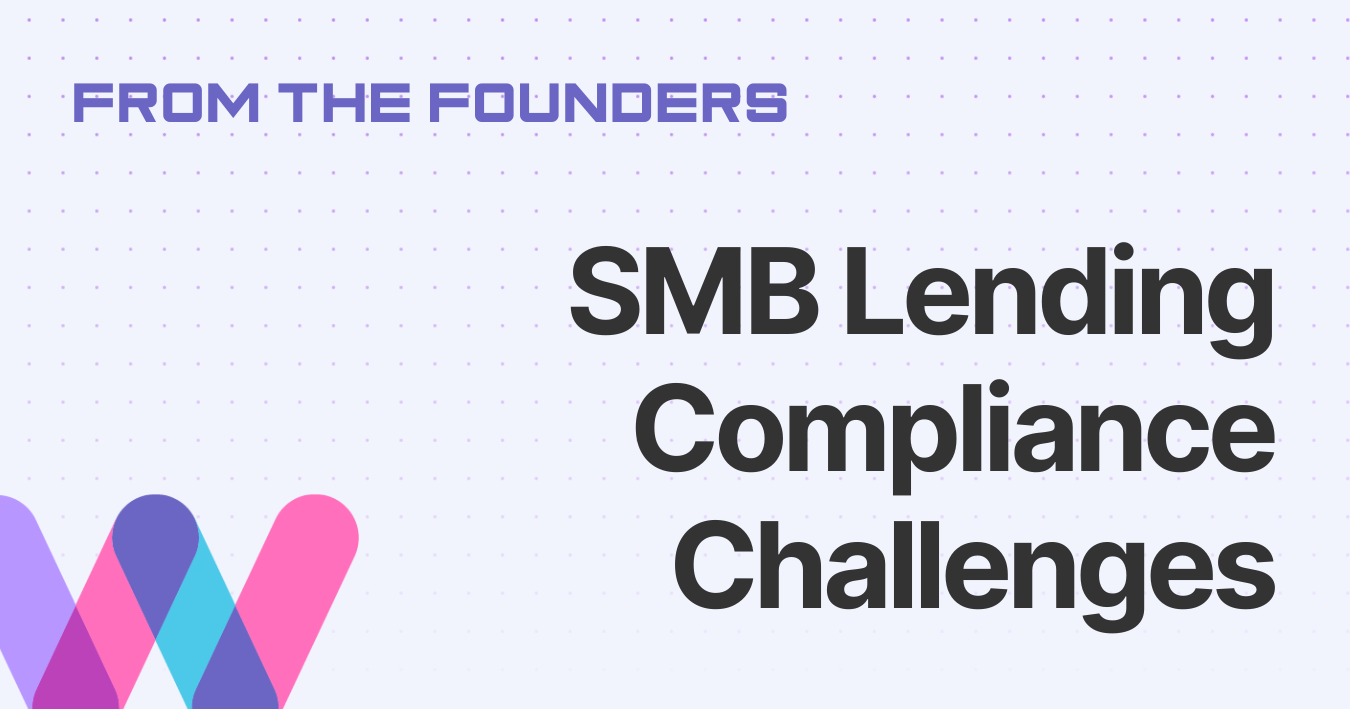Interpreting Regulatory Requirements of Section 1071: A Practical Guide for Executives
Interpreting and navigating regulatory requirements is a critical aspect of compliance for executives in the banking and credit risk industry. Among the regulatory mandates that require careful analysis is the Consumer Financial Protection Bureau’s (CFPB) Section 1071 Rule, which imposes data collection and reporting obligations on financial institutions engaged in small business lending. In this blog post, we’ll explore strategies for interpreting the regulatory requirements of the Section 1071 Rule and aligning internal policies and procedures with regulatory expectations.
Understanding the Nuances of Compliance Obligations
The Section 1071 Rule contains numerous provisions and requirements that financial institutions must adhere to in order to achieve compliance. Interpreting the nuances of these compliance obligations requires a thorough understanding of the rule’s scope, applicability, and key provisions. Executives must carefully review the text of the rule, as well as any interpretive guidance provided by regulatory authorities, to ensure accurate interpretation and implementation.
Aligning Internal Policies and Procedures with Regulatory Expectations
Once the regulatory requirements of the Section 1071 Rule have been identified and understood, executives must take steps to align internal policies and procedures with regulatory expectations. This may involve reviewing existing policies and procedures to ensure they address the requirements of the rule, updating documentation as necessary, and communicating changes to relevant stakeholders within the organization.
Developing Clear Guidelines for Data Collection and Reporting
A key aspect of compliance with the Section 1071 Rule is the collection and reporting of data on small business lending activity. Executives must develop clear guidelines and protocols for data collection and reporting to ensure consistency and accuracy in compliance efforts. This may include specifying the types of data to be collected, establishing procedures for data validation and quality control, and implementing mechanisms for reporting data to regulatory authorities.
Implementing Training Programs to Educate Employees
To ensure compliance with the Section 1071 Rule, executives must invest in training programs to educate employees on their roles and responsibilities in the compliance process. This may include providing training on the requirements of the rule, as well as guidance on how to collect and report data accurately and effectively. By investing in employee training, executives can build a culture of compliance within the organization and empower employees to fulfill their compliance obligations.
Conducting Regular Audits and Assessments
To monitor compliance with the Section 1071 Rule and identify potential areas for improvement, executives must conduct regular audits and assessments of compliance efforts. This may involve reviewing compliance documentation, conducting interviews with relevant stakeholders, and assessing the effectiveness of internal controls and procedures. By conducting regular audits and assessments, executives can identify compliance gaps and take corrective action to address deficiencies in compliance efforts.
Engaging with Regulatory Experts and Legal Counsel
Given the complexity of regulatory requirements, executives may benefit from engaging with regulatory experts and legal counsel to navigate compliance challenges effectively. Regulatory experts can provide guidance on interpreting regulatory requirements, while legal counsel can offer advice on compliance strategies and risk mitigation techniques. By leveraging external expertise, executives can gain a deeper understanding of regulatory expectations and ensure alignment with industry standards and best practices.
Executives can effectively navigate compliance challenges and ensure regulatory adherence by understanding obligations, aligning policies, investing in training, and seeking external expertise. By prioritizing compliance efforts, executives can protect their organizations from regulatory scrutiny and build trust with customers, investors, and other stakeholders.











